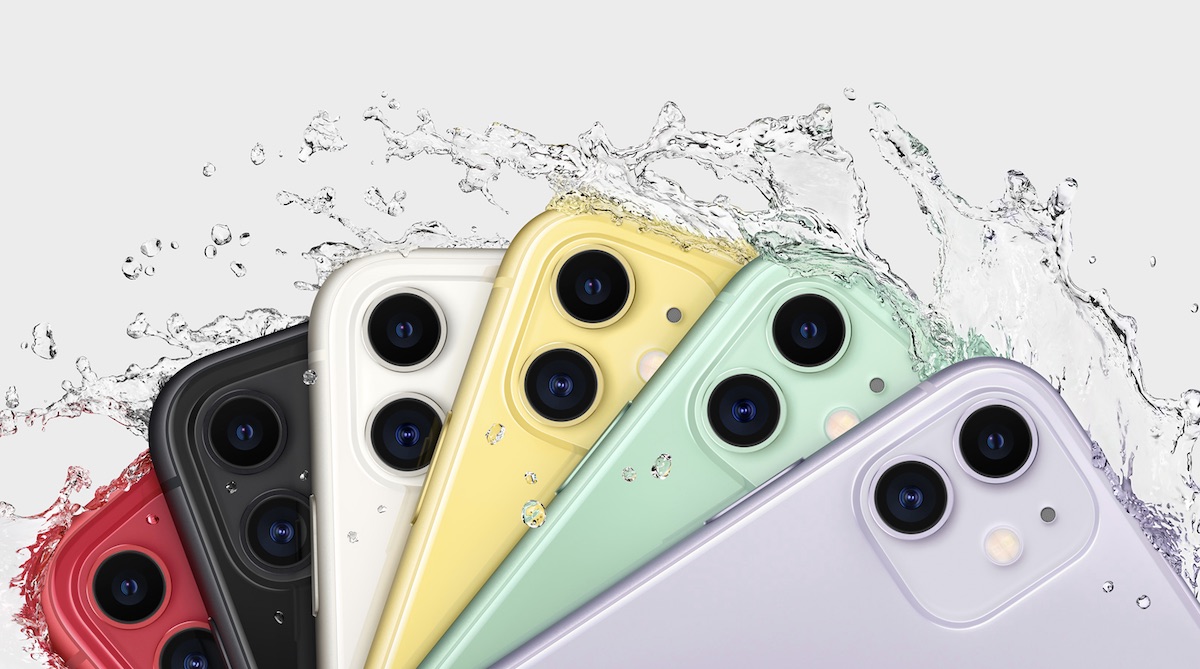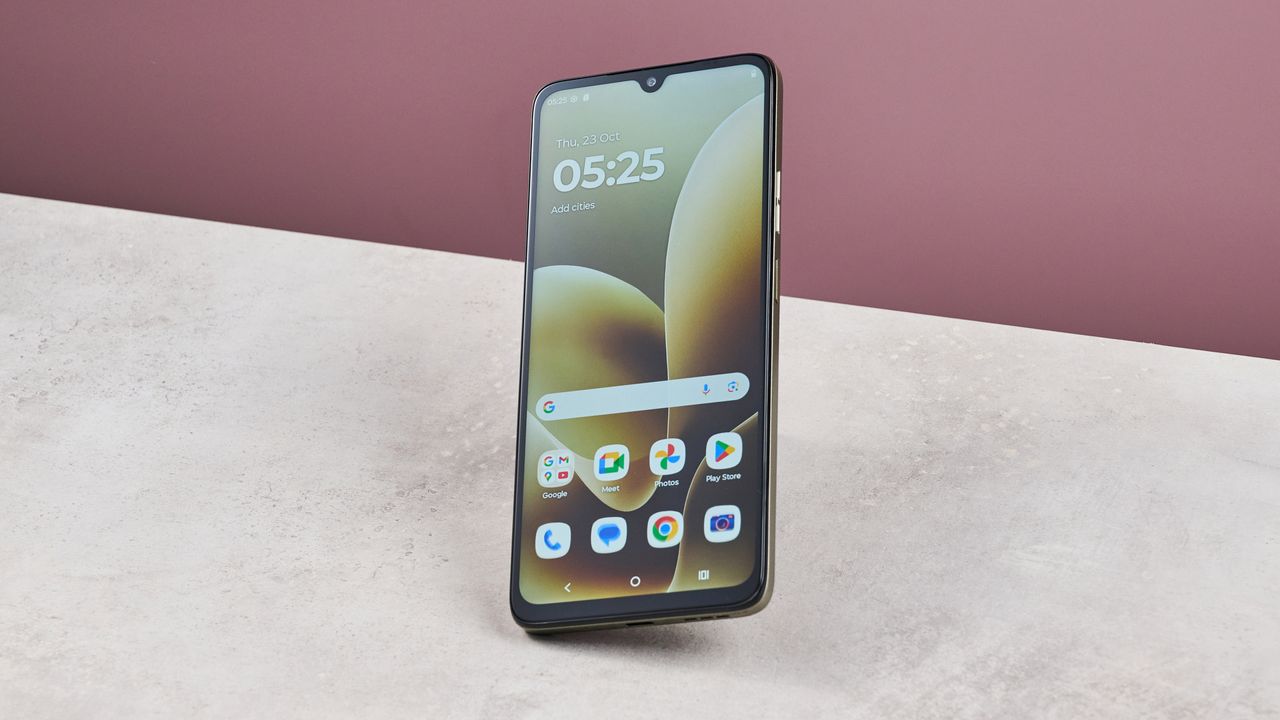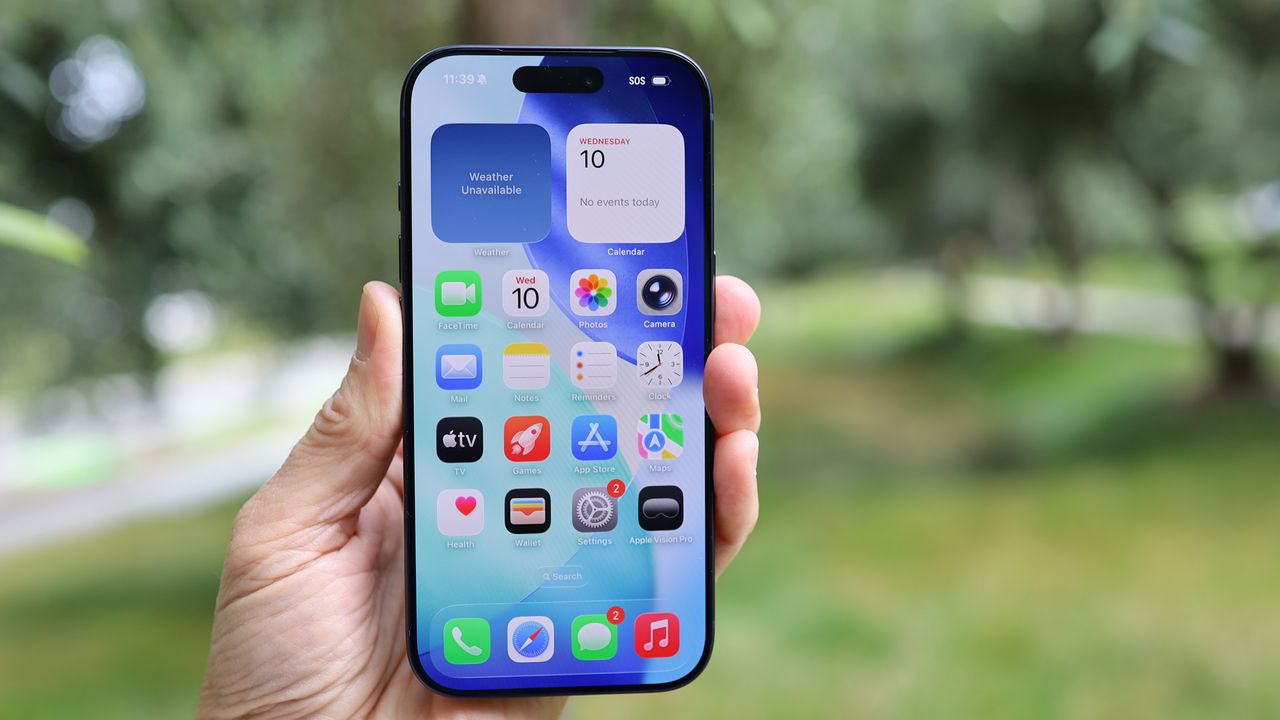
As you know, Apple unveiled its new iPhone 11 and iPhone 11 Pro during their September event on Tuesday. They drew attention to the new camera hardware, as well as its software, longer battery life, and a faster bionic processor. But what they didn’t draw attention to is that they are discontinuing 3D Touch. This has been an iPhone feature since 2015. So what gives? Instead, the new iPhones will use “Haptic Touch”.
What’s the difference between the two? Haptic Touch allows you to do things faster, like taking selfies, without actually launching the camera app. Instead of pressing firmly on a 3D Touch display, users can hold down a UI element in order to invoke a secondary command, like the Quick Actions app.
You’ve likely been using 3D Touch if you have a newer iPhone. When you press down hard on an app icon, a drop-down menu might pop up. Alternatively tapping the app more gently would allow you to open it. The new iPhones’ Haptic Touch will be responsive to how long users hold down the app, but not necessarily the force of the tap. When Apple introduced 3D Touch with the debut of the iPhone 6S in 2015, they framed the feature as a permanent step forward for touchscreen devices.
Many complained about the technology as soon as it was launched. Some pointed out that 3D Touch mostly served to add more menu items that didn’t previously exist, which of course, made the usability more complicated. Others actually didn’t find it useful or didn’t even know that it existed.
Haptic Touch, on the other hand, doesn’t present new forms of input in the way that 3D Touch did. The iPhone 11 and iPhone 11 Pro will differentiate between a press and a long press, similar to older iPhone models. The major differences that these new iPhones will provide haptic feedback, or small vibrational jolts in response to longer presses, which make the interface more intuitive. If you have an Apple Watch, then you’re quite familiar with haptic responses, so it will be very similar to that. This feature already exists on the iPhone XR, and on the Home button if you have an iPhone 7 or later. Think – using Apple Pay at Starbucks.
So what’s the big deal with this change? Honestly, nothing. Apple is phasing out a technology that wasn’t living up to its full potential. Which, is partially on Apple. As mentioned earlier, many people didn’t even know that the feature existed, or what it could deliver. Apple made this announcement quietly, which means one of two things. Either, they were trying to cover something up, or they just wanted it to go away quietly. And I believe it’s the latter.
Technology changes so rapidly in today’s society that we all need to be able to adapt. Retiring a technology that isn’t working or is under-functioning only makes sense. The fact that this wasn’t announced on Tuesday isn’t a big deal to me, as the usability of the technology remains unchanged. Apple is onto bigger and better things, and I think we should think the same way as well.



